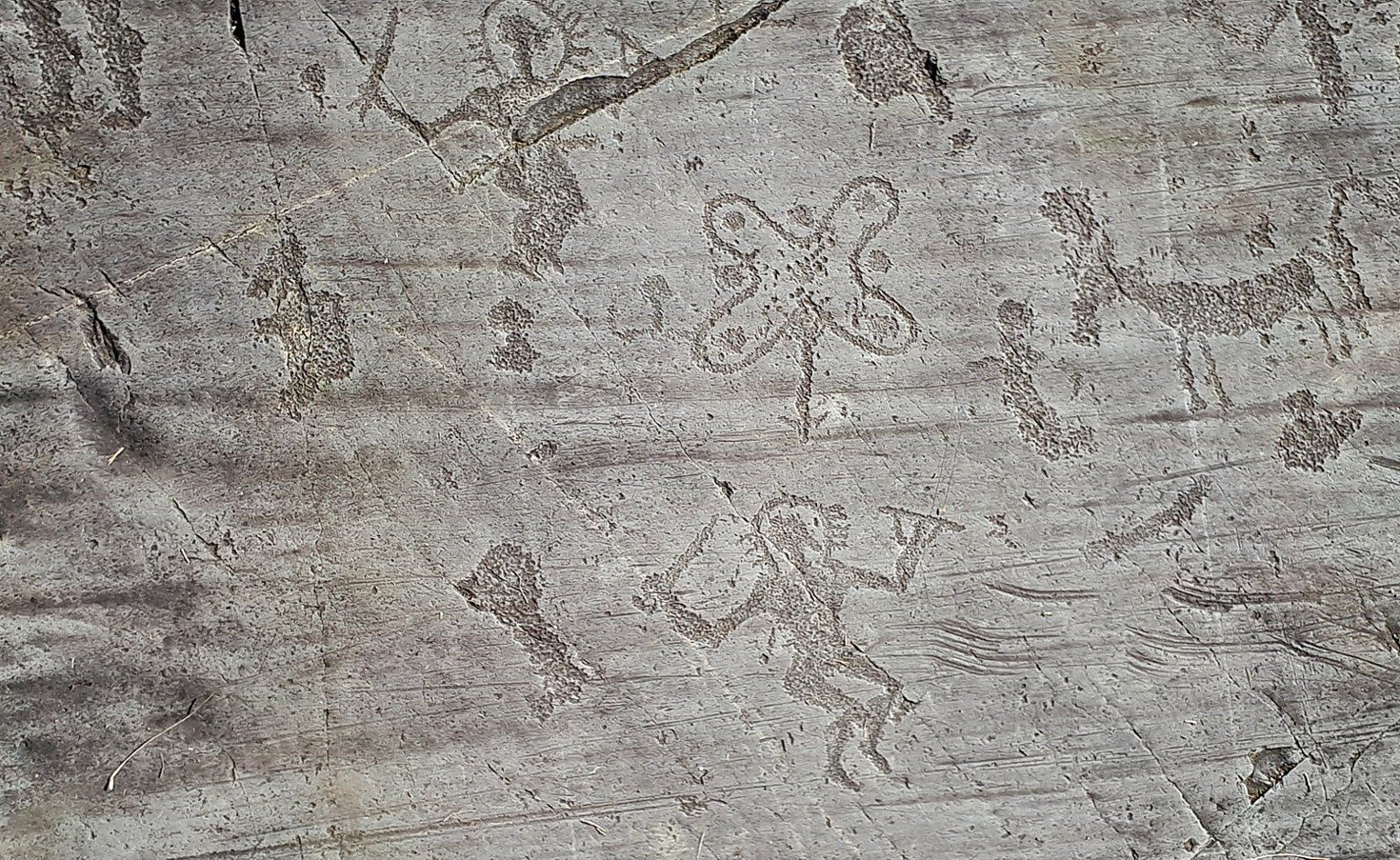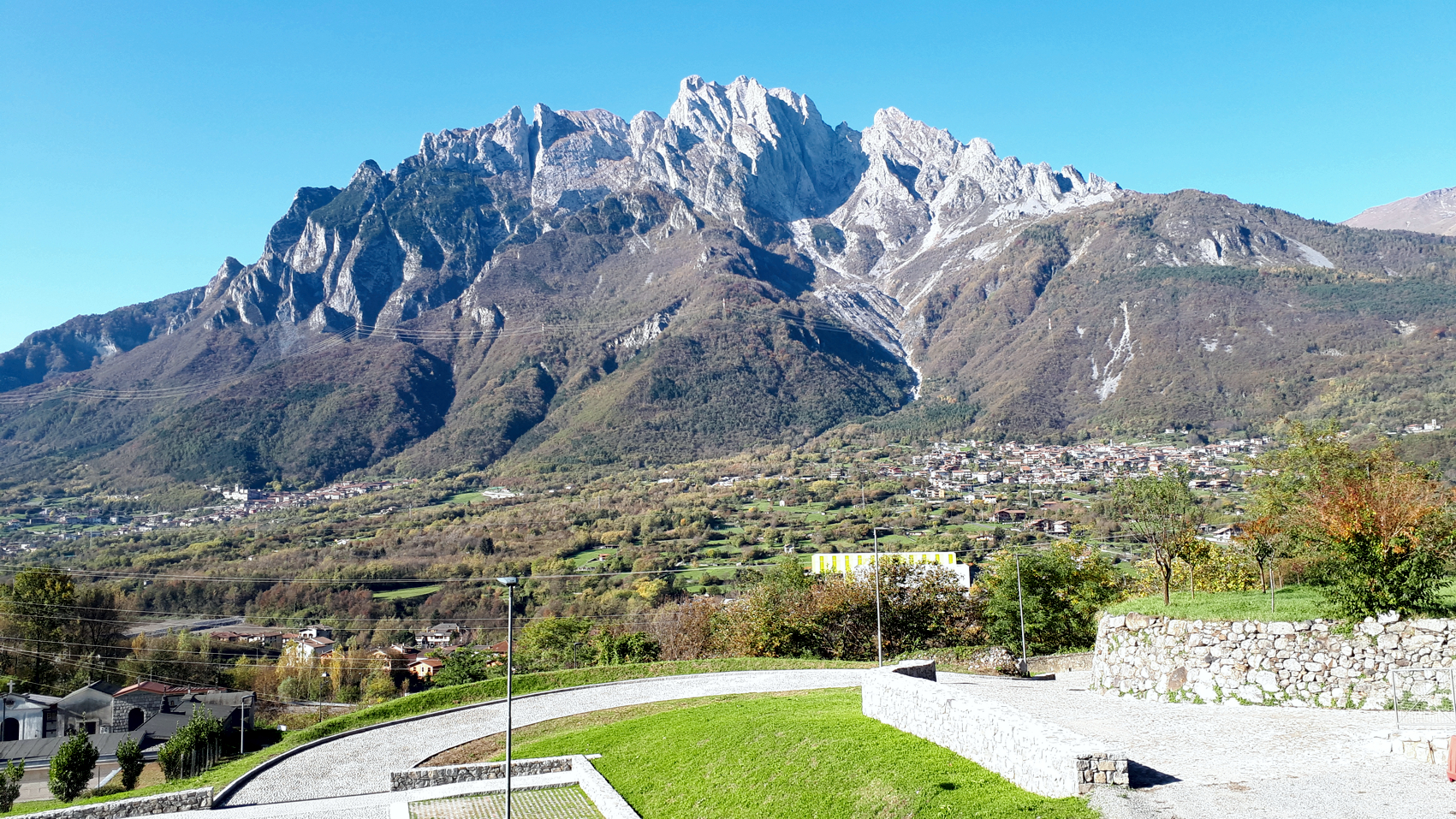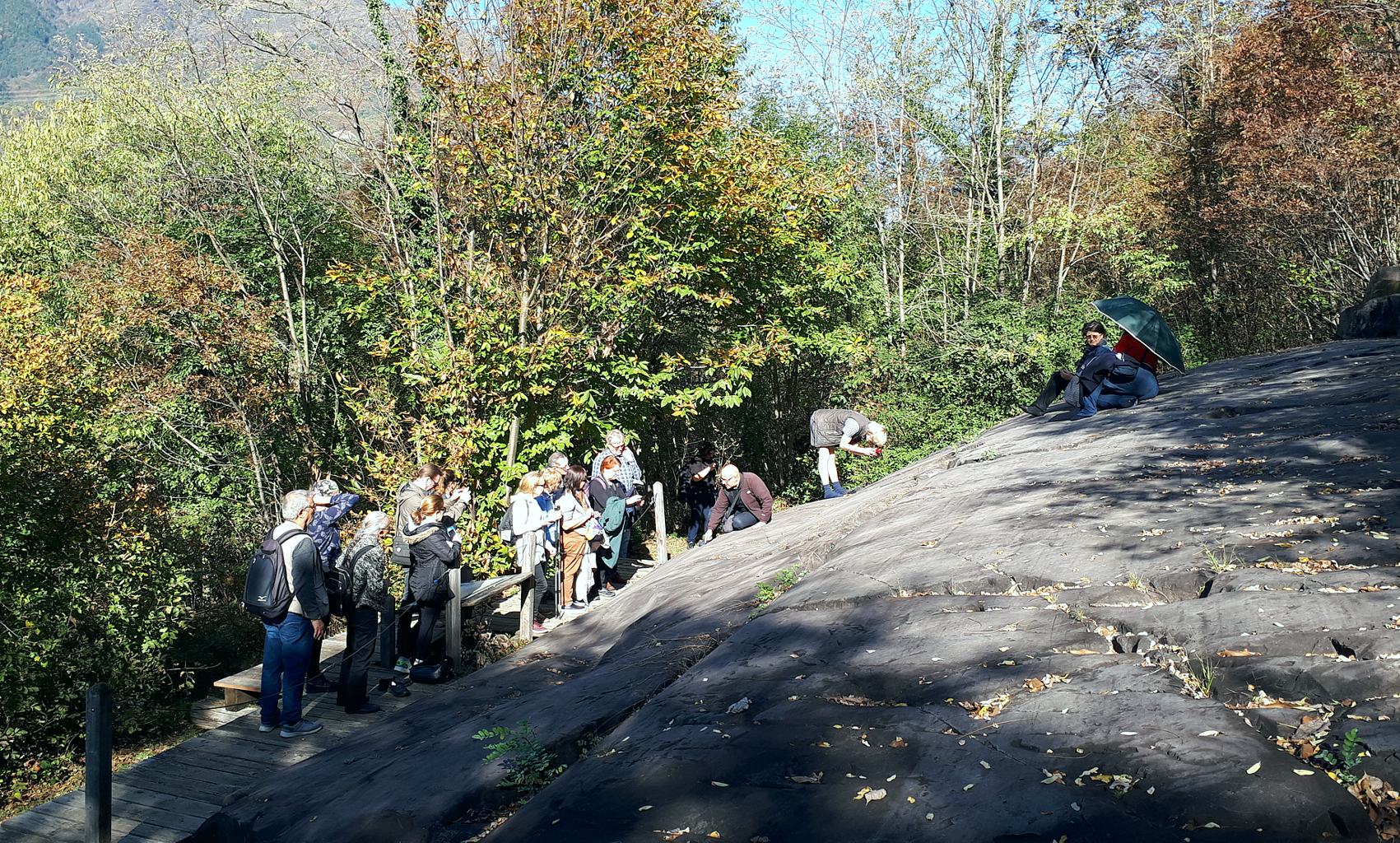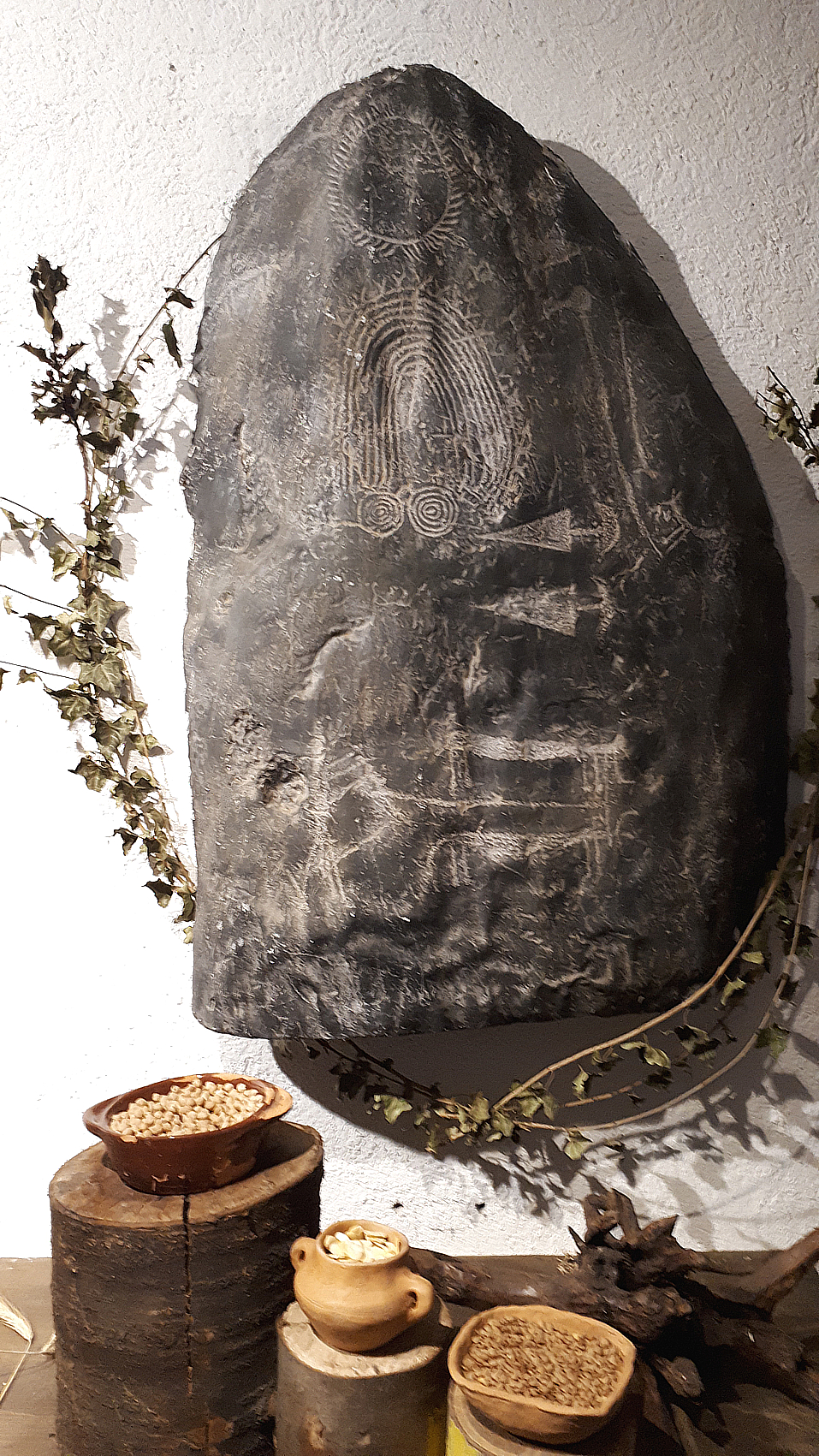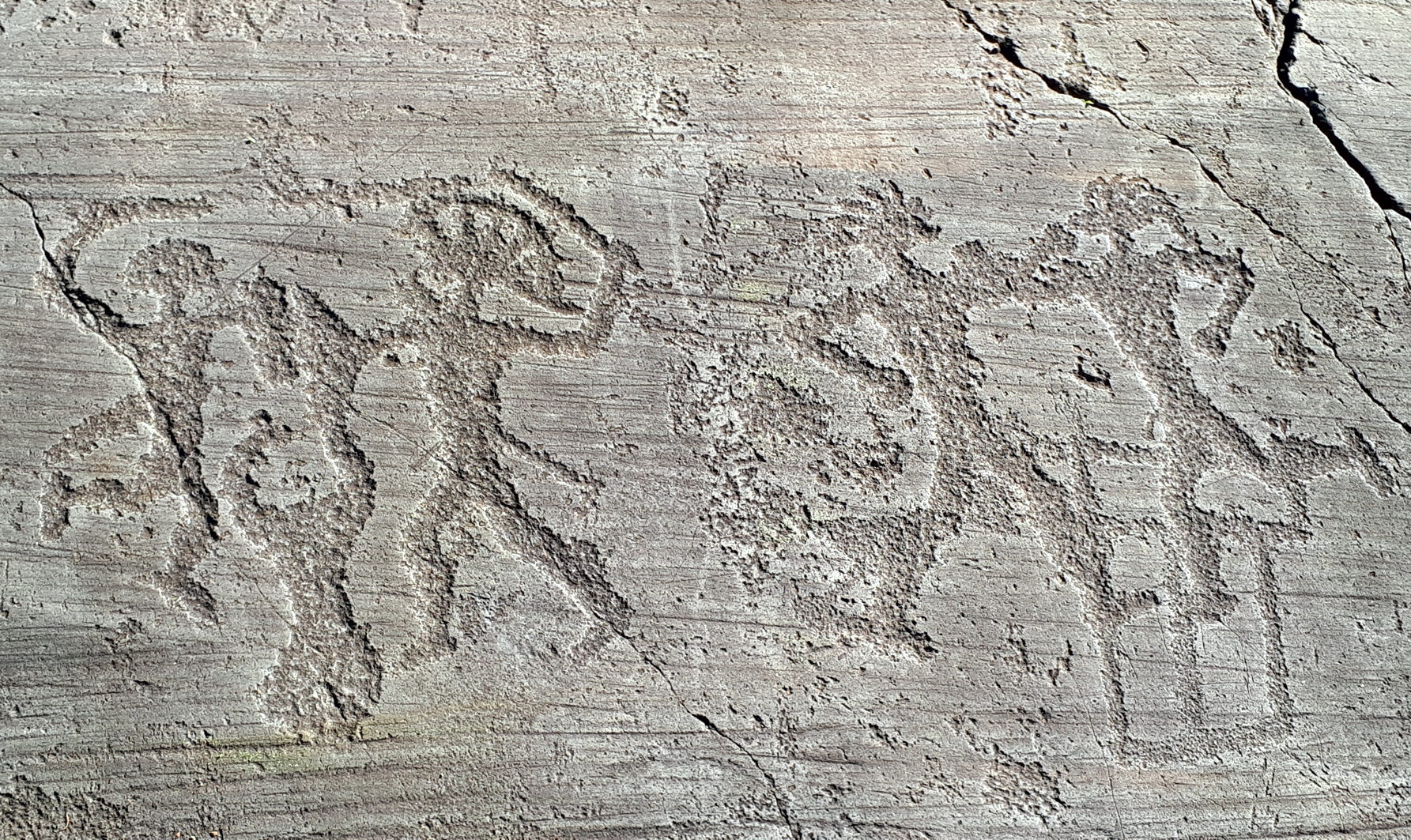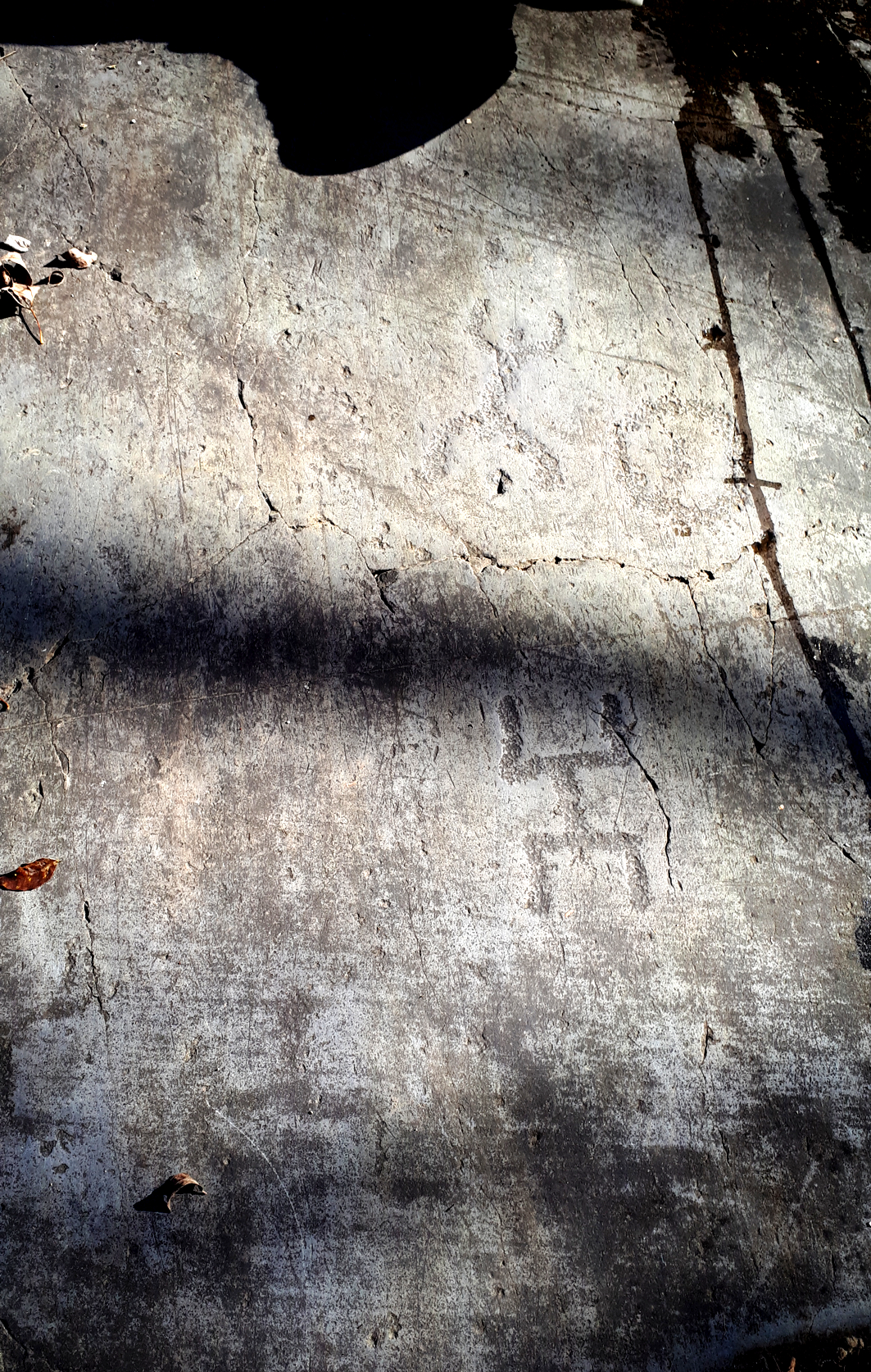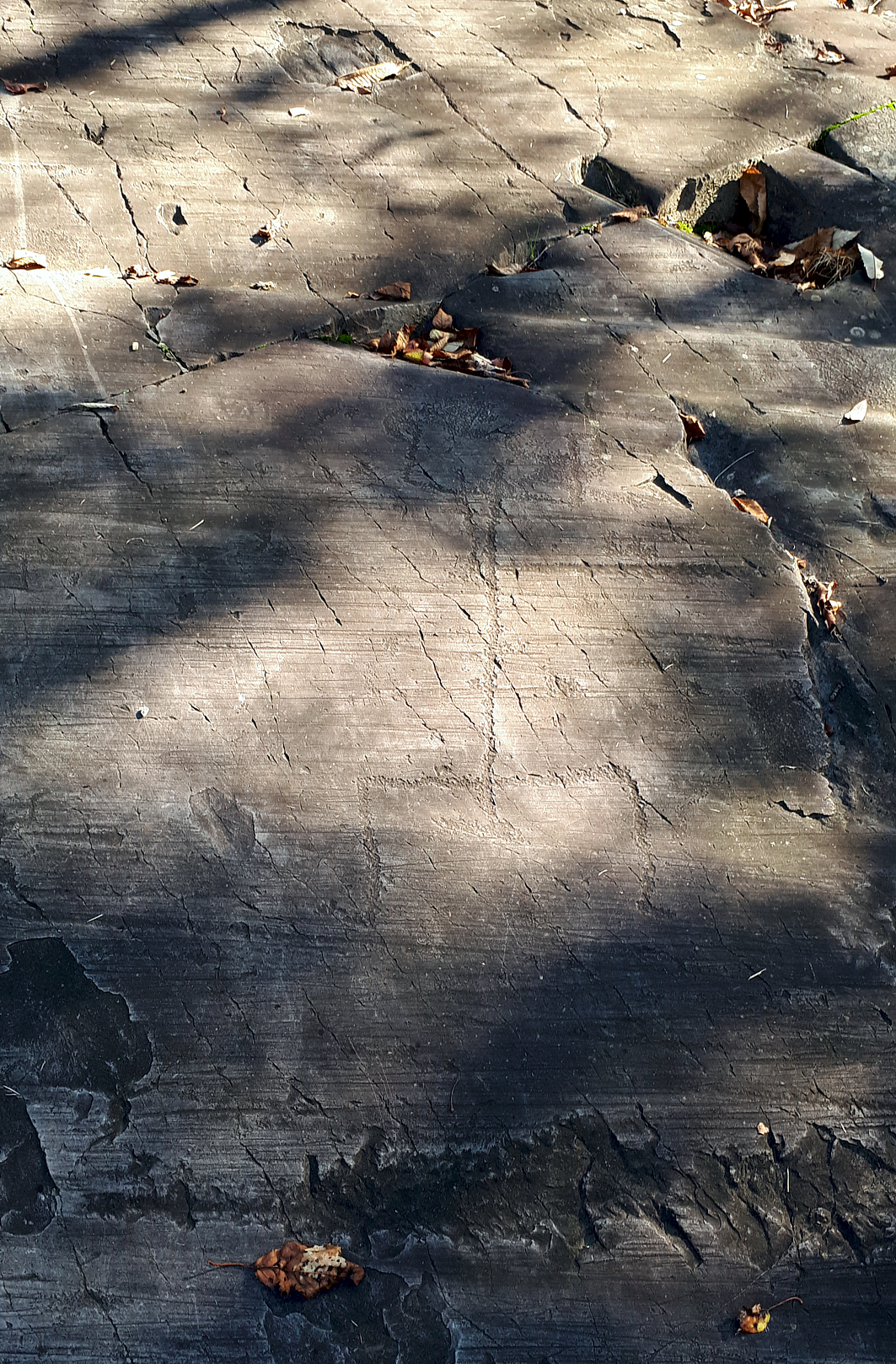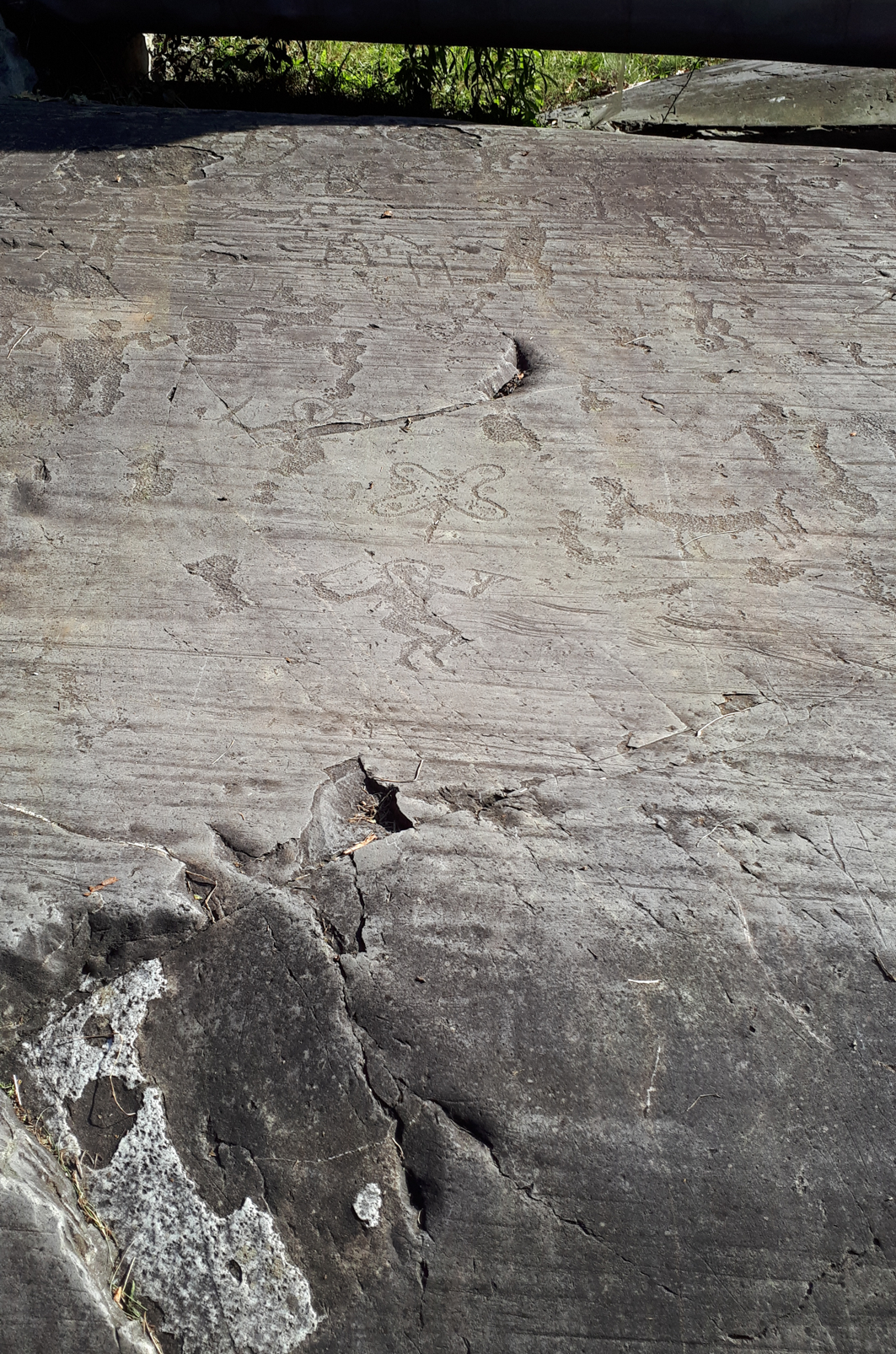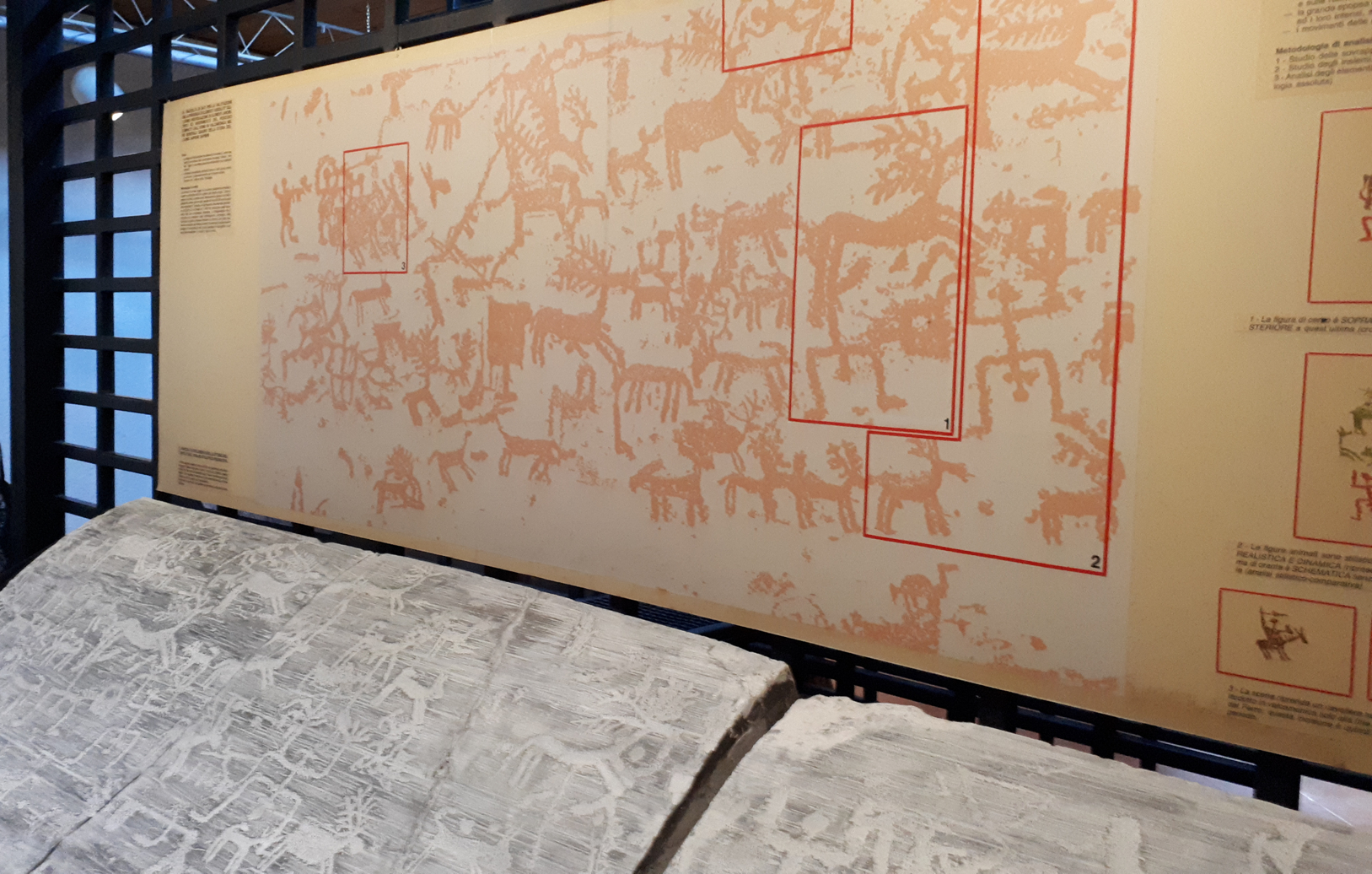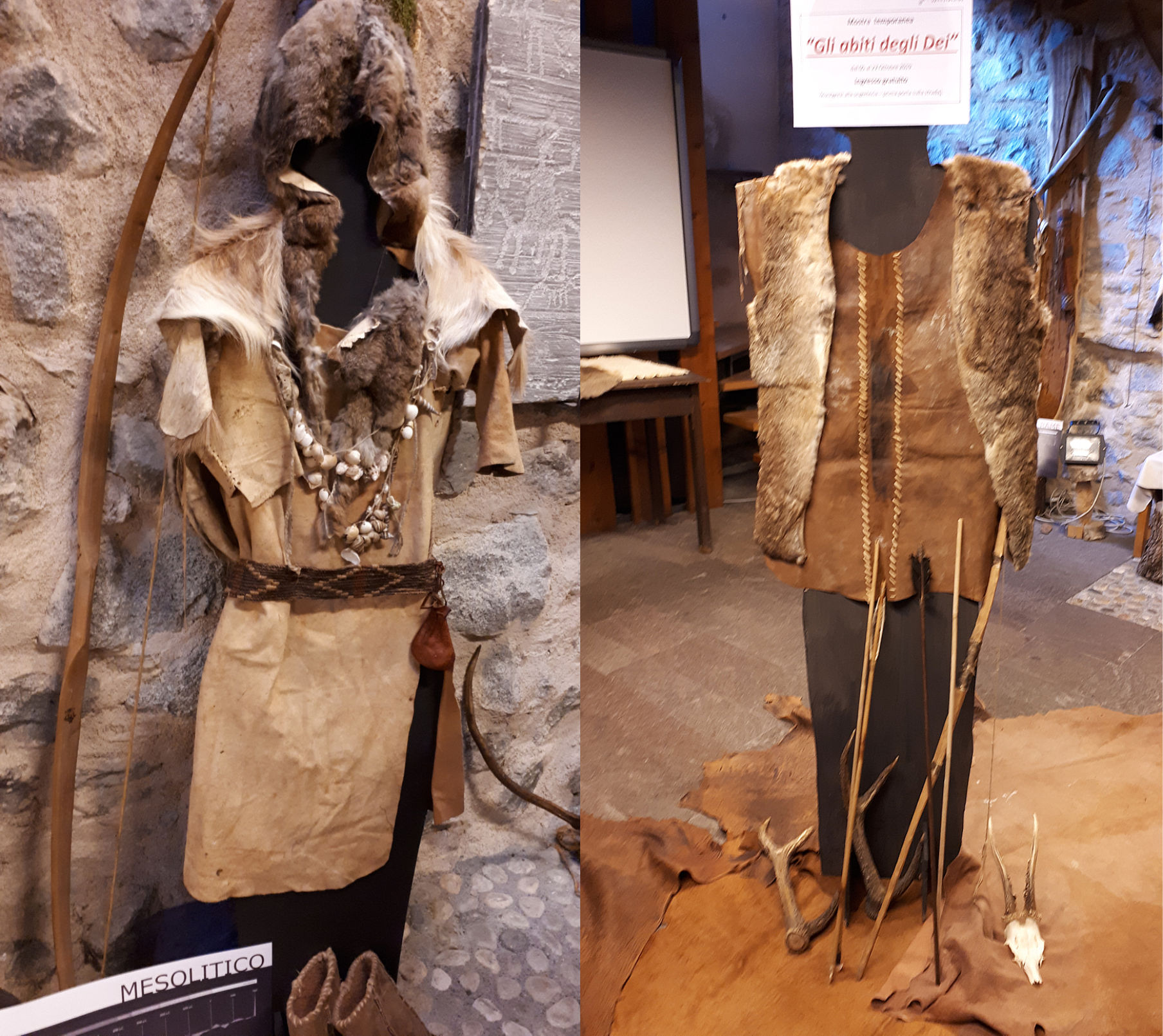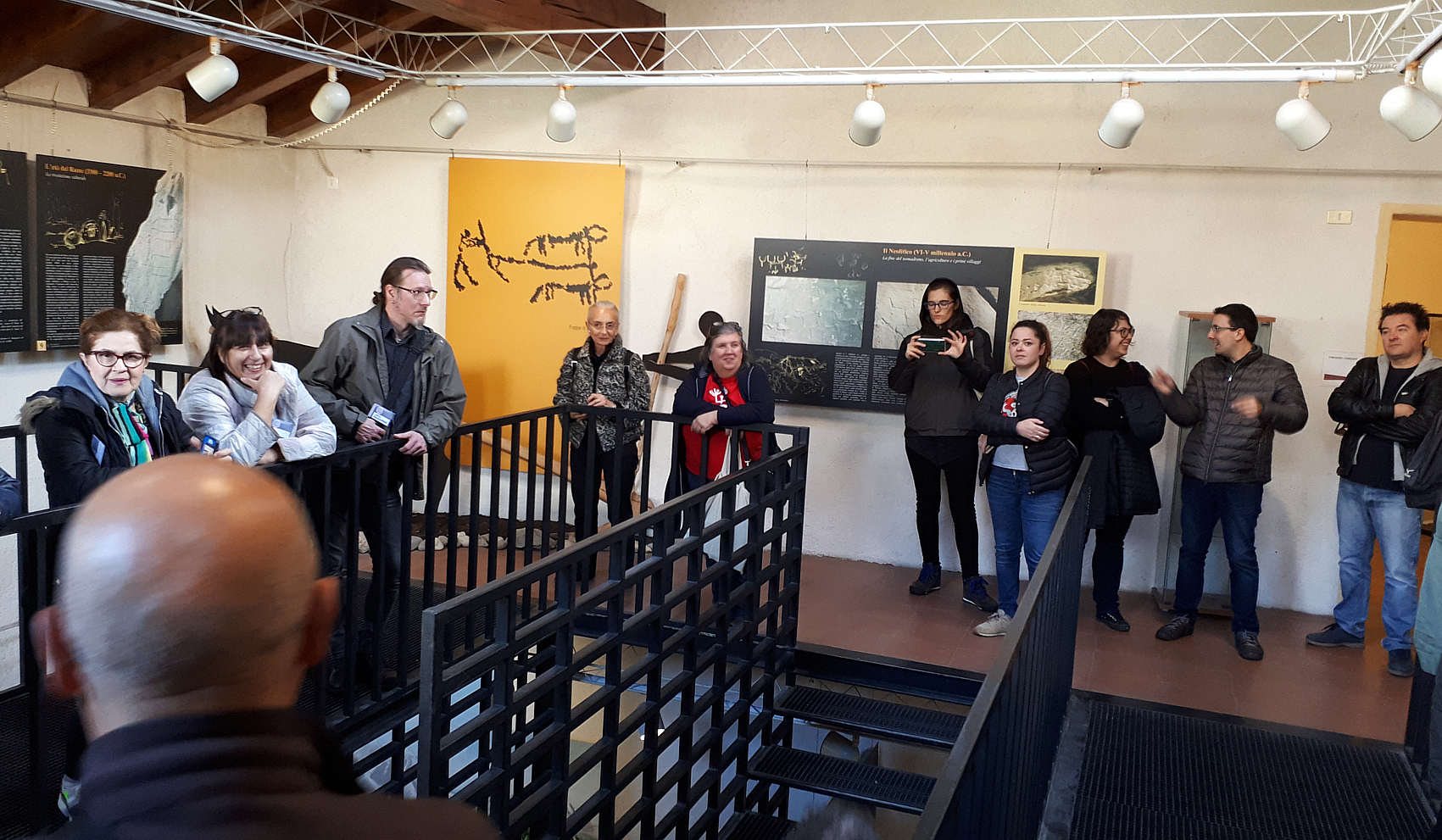Type of site:
Rock-drawings natural reserve
Village/Town: Ceto
Municipality: Brescia (Brescia )
Region: Lombardía
State: Italy
Telephone: (+39) 036443401817
Website: http://www.arterupestre.it/en/
Natural Environment:
The Rock-drawings natural Reserve of Ceto, Cimbergo and Paspardo is set on the left hydrographic side of the valley, on an area of about 300 hectares nearly completely covered of chestnut and birch-woods. In this large territory there are many areas with engraved rocks (about 450 engraved surfaces), that can be reached from the road that links the towns of Nadro, Cimbergo and Paspardo. The visit begins in the centre of Nadro, by the Reserve Museum, which offers information and news about rupestrian art and about didactic itineraries.
Along ancient paths it is possible to discover the mysterious world of the ancient Camuni. The pleasant shade of centuries-old ash and chestnut trees accompanies visitors who love nature and discovery.
Paths of different lengths flanked by tall trees allow adults and children to come into contact with nature, enjoying the colours and scents of spontaneous flora and dense undergrowth.
The rock engravings are a marvellous tale made of symbols: hundreds of engraved rocks, shelters under the rock that were inhabited in ancient times and some reconstructions take us back to the dawn of the Camuna civilisation.
A simple walk, listening to the wind rustling through the trees and the birds singing, which animate the woods of the reserve with their calls, is an excellent remedy against the stress of everyday life.
Archaeological evidences in the site:
Leaving the pretty historic centre of Nadro, after visiting the educational museum, an ancient cobbled lane leads to the Foppe archaeological area: a succession of densely decorated surfaces arranged in a pleasant circular route. The engravings found range from the 5th millennium B.C. to the High Middle Ages; particularly important are the depictions of weapons from the Bronze Age, ploughing scenes, graceful warriors from the Etruscan influence phase, the famous Camunian rose and inscriptions in the Camunian alphabet. At the entrance to the engraved area there is a rest area dedicated to educational activities with a simulation of an archaeological dig and some reconstructions: a Mesolithic shelter, a Neolithic hut and a Rhaetian house from the Iron Age.

